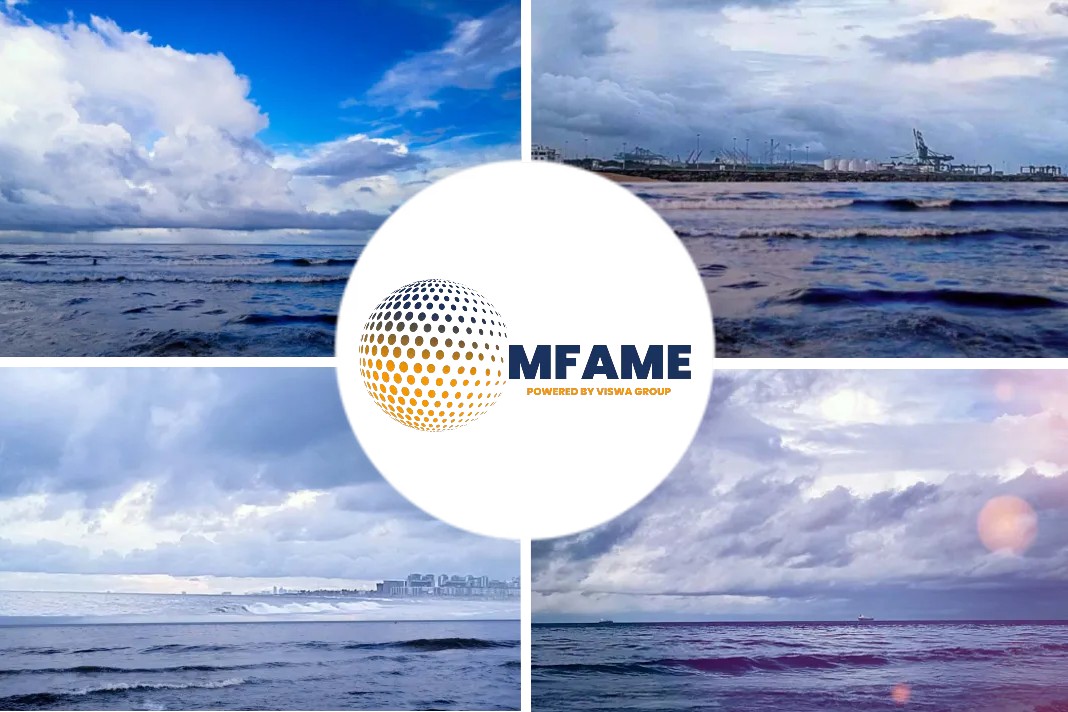
- Factors outside ships’ control can adversely impact CII rating
- Current CII implementation method not robust
- Disproportionate onus on charterers to comply with CII
IMO’s CII draws flak for its complexity, threatens to stretch shipping fleet, states a Platts news source.
The carbon intensity indicator
The carbon intensity indicator, or CII, which saw its certification requirement come into effect Jan. 1, is already attracting skepticism from some maritime players due to its complications and will likely stretch the shipping fleet with potential upward pressure on freight rates, according to some industry sources.
More shipowners will likely slow steam their ships to achieve a compliant CII grade with ships expected to spend more time in transit and less time loading cargoes, they said.
“If all the ships in the world start slow steaming, you definitely need more ships… older tonnage will also be badly hammered because pf performance issues,” a shipping source said Jan. 6.
The International Maritime Organization’s CII determines the annual reduction factor needed to ensure continuous improvement of a ship’s operational carbon intensity within a specific rating level.
The carbon intensity of a ship is calculated by multiplying its annual fuel consumption by a carbon-emission factor assigned to the fuel type used, then dividing that total by the annual distance traveled multiplied by the ship deadweight capacity.
Based on a ship’s CII, its carbon intensity will be rated A, B, C, D or E where A is the best. A ship rated D for three consecutive years, or E for one year, will have to submit a corrective action plan to show how the required index of C or above will be achieved.
Meanwhile, market sources pointed out in a survey conducted by Platts, part of S&P Global Commodity Insights, in November that the new CII regulation could give rise to a multi-tiered market.
A time might come when charterers would like to have the best CII ships, which may also cause of A, B, or C rated ships, the source said.
Challenges with CII
Various factors, most of which are outside a ship’s control, can drastically impact its CII rating including adverse weather, voyage distance, port waiting times, port infrastructure, and charterers orders, INTERCARGO said in a December 2022 statement.
Paradoxically, when considering voyage distances and port waiting times, ships with longer travel distances can produce more emissions but have a better CII rating when compared with vessels travelling shorter distances and producing lesser emissions, it added.
If a ship chose a port where it was forced to stay longer due to congestion, the rating will likely worsen because of the formula for CII calculation, an industry source told S&P Global Commodity Insights Jan. 6.
The IMO calls upon administrations, port authorities and other stakeholders to provide incentives to ships rated as A or B. However, what these incentives will be is not clearly defined, another industry source said.
There was also a seeming lack of robust implementation, at least initially, DNV Principal Market Analyst Jakub Walenkiewicz said in a recent podcast.
The first couple of years you get an E, ship managers will be obliged to prepare a corrective action plan as part of an updated SEEMP III, have it approved and then implement it.
“And if you nevertheless get the second E, the legal consequences of that is essentially a rinse and repeat exercise. There are no further legal consequences,” Walenkiewicz said.
In an Oldendorff presentation in December, CII was called a “toothless tiger.”
Ships get penalized for loading cargo — higher consumption and risk for port delays. The best CII rating is obtained by slow steaming around in ballast condition all year, it said.
One of the most efficient ways to reduce emissions is to optimize tramp vessel voyages with available cargoes. With the CII regulation, there is no benefit for carrying positional cargoes, it said.
The formula also does not encourage upsizing which is one of the best tools for reducing emissions per metric ton carried, it added.
Excessive burden on charterers
In November 2022, BIMCO, a shipowners’ organization whose members control over 60% of the global fleet, published a new clause, under which charter parties will in advance agree to a specific CII rating to be achieved each year.
BIMCO recommends that parties agree that the Agreed CII values should be the Required CII or better, consistent with the MARPOL Carbon Intensity Regulations.
However, major charterers have lashed out at this clause calling it “imbalanced and unusable”, as it places the obligation to comply with CII disproportionately on charterers.
“Even on period ships that we have on long term from head owners, neither of us are still sure on what clauses to include, agree or disagree with regards to CII as yet,” a dry bulk ship-operator source said.
A second dry bulk ship-operator source said some discussions on period basis were eventually dropped as owners and charterers were unable to agree on clauses around the CII.
“I would not want the owner to tell me, at some point during the period what speed I can run the ship or what business I can or cannot do on her,” the second ship-operator source said.
While charterers will not shy away from their role in commercially operating the vessel and complying with the CII regulations, owners remain equally responsible for maintaining the vessel’s operating efficiency, technical operations, navigation, insurance, crew, and all other related matters, a group of 23 signatories said in an open letter to BIMCO Dec. 20.
Did you subscribe to our newsletter?
It’s free! Click here to subscribe!
Source: Platts






















